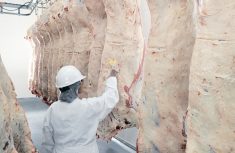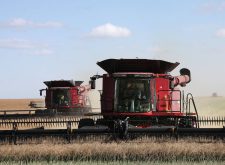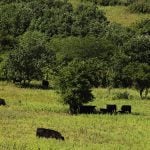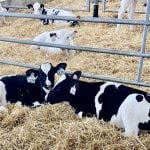Feeder cattle prices continue to grind lower as replacement cattle are now $8 to $10 off the spring highs. For example, central Alberta feeder steers weighing 620 pounds were selling for $150 during the first week of April, but last week brought back $139.
This was a demand-driven rally and consumers are now backing away at the higher price levels. Average incomes are not even one per cent higher than last year’s, but U.S. beef prices are up 20 per cent and pork prices are up 18 per cent while poultry values have only increased by four per cent. Not only is beef experiencing the income effect but also the substitution effect from poultry and, to a lesser degree, pork.
Read Also

B.C. ostriches culled, CFIA confirms
Ostriches on an embattled Edgewood, B.C. farm have been culled after a prolonged legal battle, the Canadian Food Inspection Agency has confirmed.
There is no way feeder cattle prices can maintain a 40 to 50 per cent increase over year-ago levels. Those producers who thought the sky was the limit must have experienced very low cloud cover. When you hear those types of comments at local auction markets, the top is usually within reach and very close. Wholesale beef prices are weakening, packing margins are struggling and feedlot margins are moving into red ink. This environment doesn’t bode well for the feeder cattle complex.
The U.S. dollar is also strengthening, which is setting a negative tone for all commodities. Investment money flow is now moving into less risky assets or onto the short side of the markets, with most technical indicators suggesting further downside. The U.S. Department of Agriculture is forecasting an average increase in meat prices of seven per cent, which comfortably translates in a year-over-year increase of 15 per cent for feeder cattle given current feedgrain values. There is significant risk over the next six months if retail prices start to trend lower.
— Jerry Klassen is a commodity market analyst in Winnipeg and maintains an interest in the family feedlot in southern Alberta. He writes an in-depth biweekly commentary, Canadian Feedlot and Cattle Market Analysis, for feedlot operators in Canada. He can be reached by email at [email protected] or at 204-287-8268 for questions or comments.
















